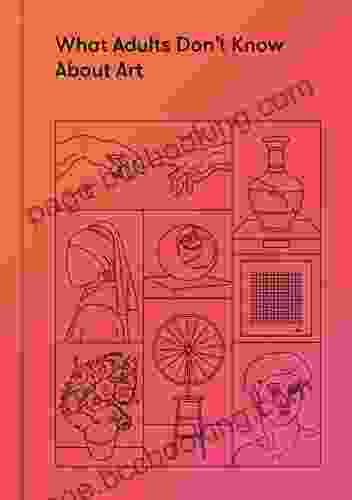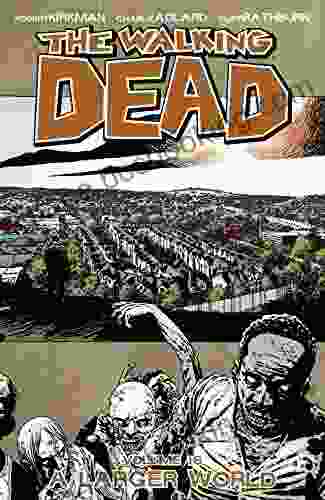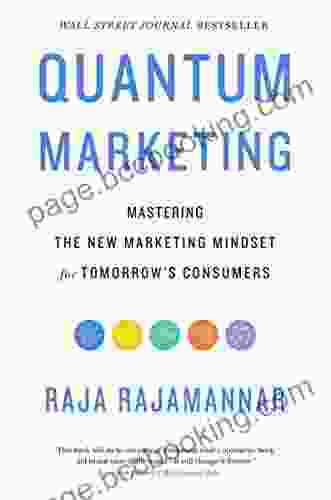Inspiring Young Minds to Love and Enjoy Art: What Adults Don't Know About

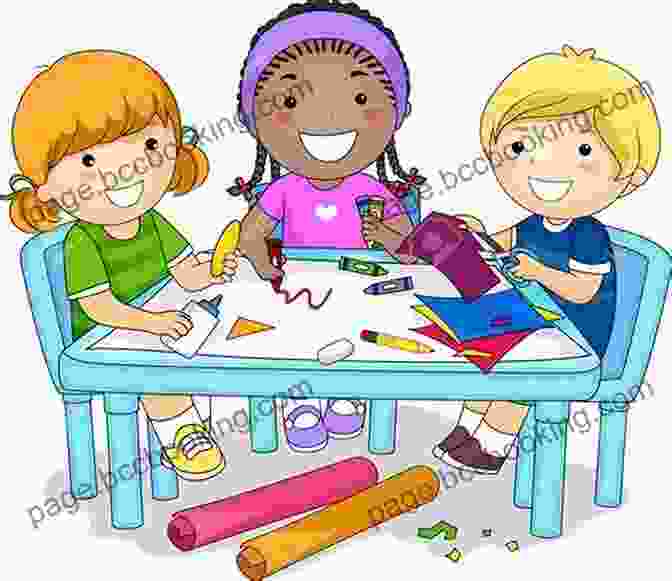
4.9 out of 5
| Language | : | English |
| File size | : | 40288 KB |
| Text-to-Speech | : | Enabled |
| Enhanced typesetting | : | Enabled |
| Word Wise | : | Enabled |
| Print length | : | 176 pages |
| Lending | : | Enabled |
| Screen Reader | : | Supported |
Art has the power to ignite a child's imagination, foster their creativity, and teach them valuable life lessons. However, many adults may not realize the crucial role they play in inspiring young minds to love and enjoy art.
This comprehensive guide will delve into the secrets of nurturing young artists. We'll explore essential tips and strategies that educators and parents can use to create a supportive environment that encourages children to embrace their artistic talents.
Chapter 1: Understanding Child Development and Art
It's essential to understand the developmental stages that children go through regarding art.
Scribbling (2-4 years)
Children explore their motor skills and express themselves through scribbling. Encourage them to use different colors, shapes, and lines.
Symbolism (4-7 years)
Children begin to represent objects and people in their drawings. Support their imagination and ask them about their creations.
Realism (7-11 years)
Children aim to depict objects realistically. Provide them with reference materials and encourage them to observe details.
Chapter 2: Creating a Supportive Art Environment
Create a dedicated art space that is well-lit, ventilated, and stocked with a variety of art materials.
Essential Materials
- Paper (various sizes and textures)
- Crayons, markers, and pencils
- Paints (acrylics, watercolors, etc.)
- Brushes
- Scissors
- Glue
Variety of Experiences
Expose children to different art forms, including drawing, painting, sculpture, and crafts. Encourage them to experiment with various techniques and media.
Chapter 3: Hands-On Learning Techniques
Provide hands-on experiences that encourage children to explore and discover art firsthand.
Process-Oriented Activities
Focus on the process of creating rather than the finished product. Let children experiment with different materials and techniques.
Sensory Explorations
Engage children's senses by incorporating tactile materials, such as clay, playdough, and sand, into their art activities.
Nature As Inspiration
Take children outdoors to observe nature and use their findings as inspiration for their artwork.
Chapter 4: Fostering Creativity and Imagination
Creativity is essential for artistic development. Encourage children to think outside the box and express their unique perspectives.
Open-Ended Questions
Ask open-ended questions that stimulate children's imagination, such as "What story is your painting telling?"
Storytelling and Art
Incorporate storytelling into art activities to inspire children's creativity and connect art to language.
Imaginative Play
Encourage imaginative play that allows children to explore different roles and create their own worlds.
Chapter 5: Art Appreciation for Young Minds
Introduce children to famous artworks and artists to develop their appreciation for art.
Museum Visits
Take children to museums to expose them to different art styles and techniques.
Picture Books and Art History
Use picture books and documentaries to introduce children to the lives and works of famous artists.
Art Discussions
Engage children in discussions about art, asking them to share their thoughts and opinions.
Inspiring young minds to love and enjoy art is a rewarding endeavor that requires understanding, support, and a commitment to fostering their creativity. By implementing the strategies outlined in this guide, educators and parents can create an environment where children can flourish as young artists.
Remember, the goal is not to create perfect artists but to ignite a passion for self-expression and a lifelong appreciation for the beauty and power of art.
4.9 out of 5
| Language | : | English |
| File size | : | 40288 KB |
| Text-to-Speech | : | Enabled |
| Enhanced typesetting | : | Enabled |
| Word Wise | : | Enabled |
| Print length | : | 176 pages |
| Lending | : | Enabled |
| Screen Reader | : | Supported |
Do you want to contribute by writing guest posts on this blog?
Please contact us and send us a resume of previous articles that you have written.
 Book
Book Novel
Novel Page
Page Chapter
Chapter Text
Text Story
Story Genre
Genre Reader
Reader Library
Library Paperback
Paperback E-book
E-book Magazine
Magazine Newspaper
Newspaper Paragraph
Paragraph Sentence
Sentence Bookmark
Bookmark Shelf
Shelf Glossary
Glossary Bibliography
Bibliography Foreword
Foreword Preface
Preface Synopsis
Synopsis Annotation
Annotation Footnote
Footnote Manuscript
Manuscript Scroll
Scroll Codex
Codex Tome
Tome Bestseller
Bestseller Classics
Classics Library card
Library card Narrative
Narrative Biography
Biography Autobiography
Autobiography Memoir
Memoir Reference
Reference Encyclopedia
Encyclopedia Robert B Gordon
Robert B Gordon Ref Wayne
Ref Wayne Original Ed Edition Kindle Edition
Original Ed Edition Kindle Edition Steve Pemberton
Steve Pemberton Sefi Atta
Sefi Atta Patrick Brode
Patrick Brode Robb Wallace
Robb Wallace Peter Watts
Peter Watts Philip Small
Philip Small W H C Bassetti
W H C Bassetti Linda Booysen
Linda Booysen Patrick Beach
Patrick Beach William Tuohy
William Tuohy Ronald E Mickens
Ronald E Mickens Orla Kiely
Orla Kiely Tom Sullivan
Tom Sullivan Sue C Funnell
Sue C Funnell Paul Martin
Paul Martin Peter L Falkingham
Peter L Falkingham Sharon Kramis
Sharon Kramis
Light bulbAdvertise smarter! Our strategic ad space ensures maximum exposure. Reserve your spot today!
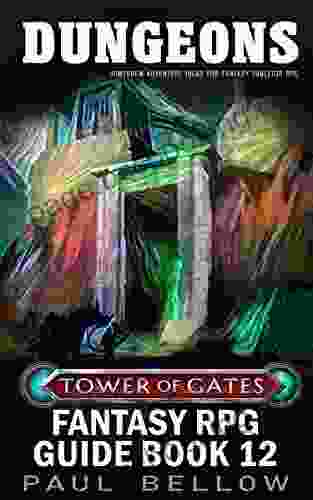
 Fyodor DostoevskyEmbark on Epic Adventures: A Guide to Homebrew Ideas for Fantasy Tabletop RPG...
Fyodor DostoevskyEmbark on Epic Adventures: A Guide to Homebrew Ideas for Fantasy Tabletop RPG...
 Matt ReedUnleash the Exhilarating World of Skateboarding with The Spencer Stone Series...
Matt ReedUnleash the Exhilarating World of Skateboarding with The Spencer Stone Series... Branden SimmonsFollow ·12.6k
Branden SimmonsFollow ·12.6k Brian BellFollow ·15.4k
Brian BellFollow ·15.4k Ike BellFollow ·7.5k
Ike BellFollow ·7.5k Allen GinsbergFollow ·6.6k
Allen GinsbergFollow ·6.6k George MartinFollow ·3.1k
George MartinFollow ·3.1k Gabriel Garcia MarquezFollow ·16.9k
Gabriel Garcia MarquezFollow ·16.9k Stan WardFollow ·5.9k
Stan WardFollow ·5.9k Mark TwainFollow ·3k
Mark TwainFollow ·3k

 Marvin Hayes
Marvin HayesGoverning Law for Law School and Bar Exam Prep: Your...
Unlock the Secrets of...

 Sidney Cox
Sidney CoxUnveiling the Epic Tales of Whiskey, War, and Military...
In the tapestry of history,...

 Victor Turner
Victor TurnerGoverning Law for Law School and Bar Exam Prep: The...
What is Governing...

 Robert Browning
Robert BrowningSterling Test Prep MCAT General Chemistry Practice...
: Embark on Your MCAT General Chemistry...
4.9 out of 5
| Language | : | English |
| File size | : | 40288 KB |
| Text-to-Speech | : | Enabled |
| Enhanced typesetting | : | Enabled |
| Word Wise | : | Enabled |
| Print length | : | 176 pages |
| Lending | : | Enabled |
| Screen Reader | : | Supported |


